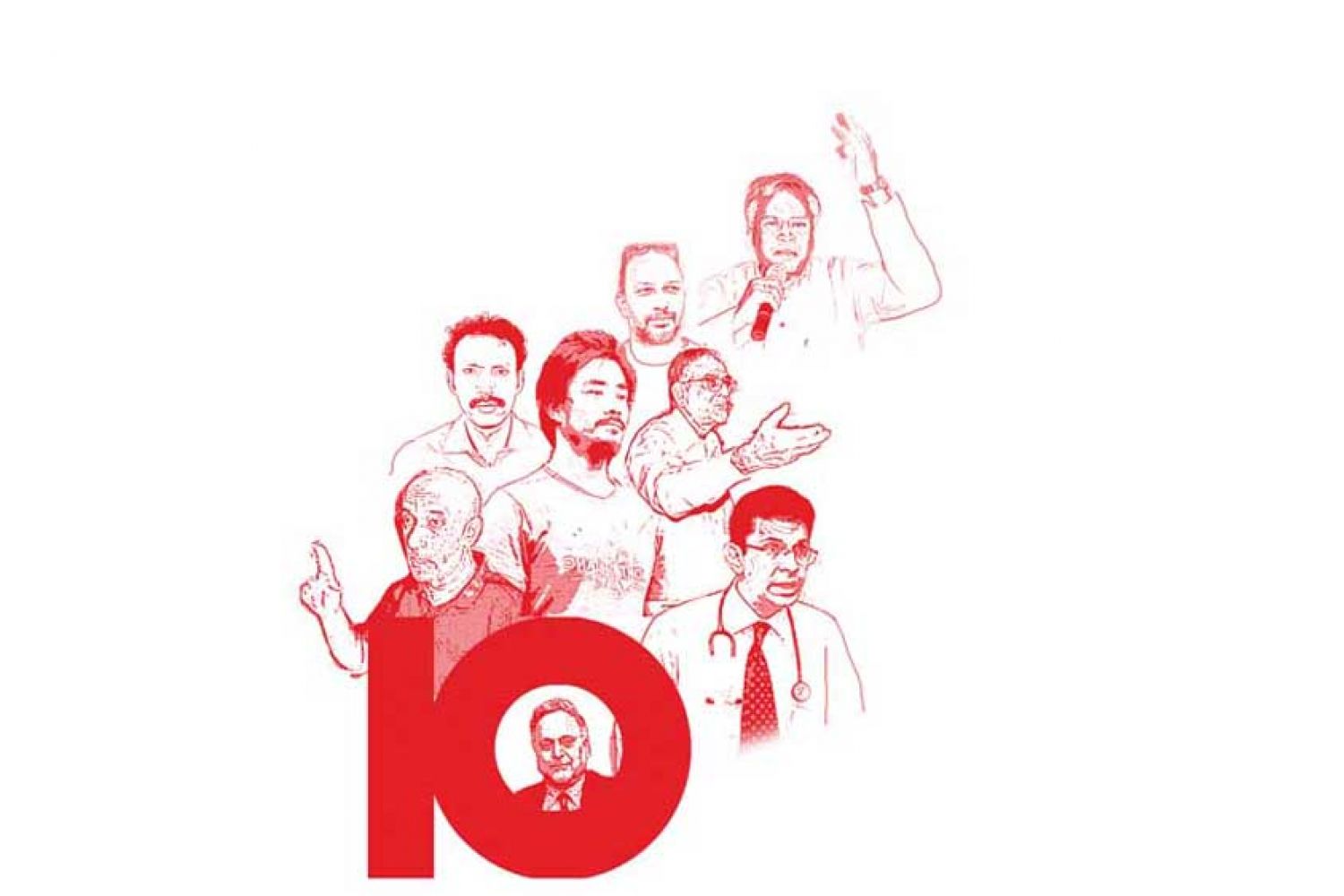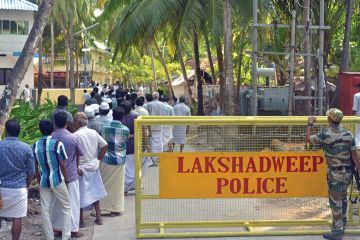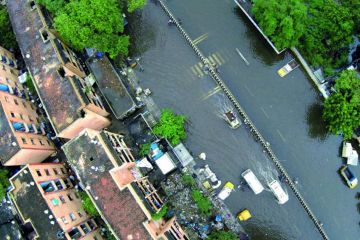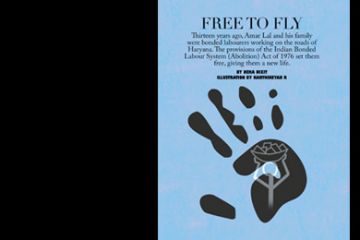
Life, a wise man said, is a continuous process of disillusionment. Time peels away layers of security that we knit around ourselves, sturdy accretions of confidence that we have stacked up in ourselves and our place in the world. At some point, for better or worse, we face ourselves and our place in the world. Either way, it’s illuminating, if a tad scary.In this decade, our sense of the normal has been fracked. All of us, to a degree, have suffered a grievous blow. Parents might have gone, fri





